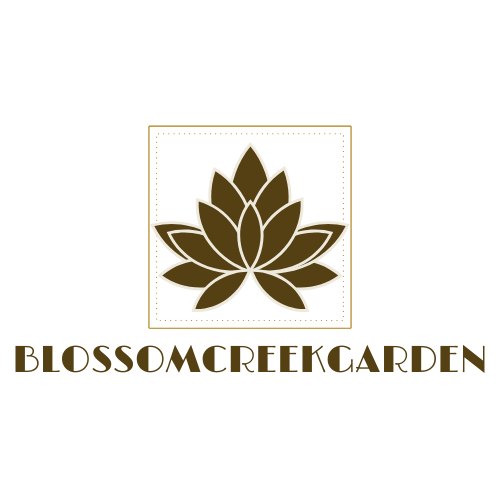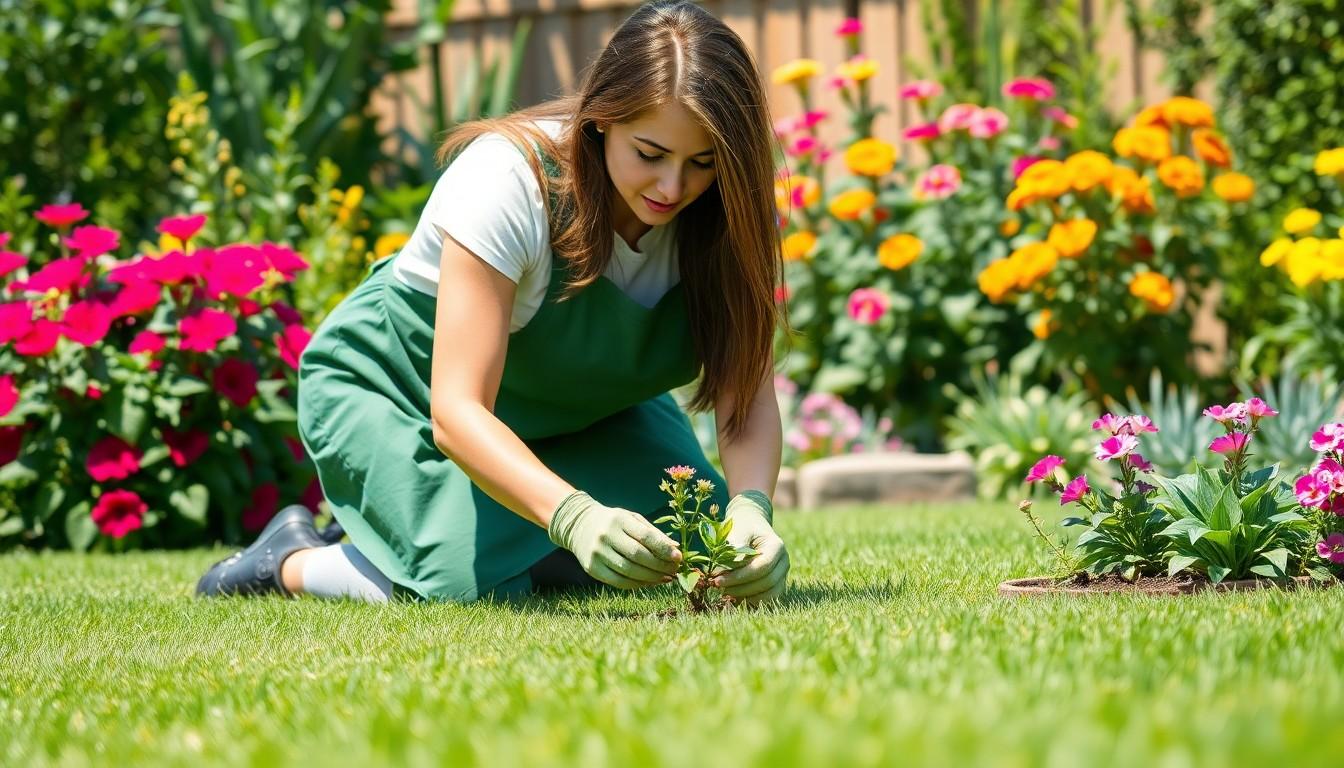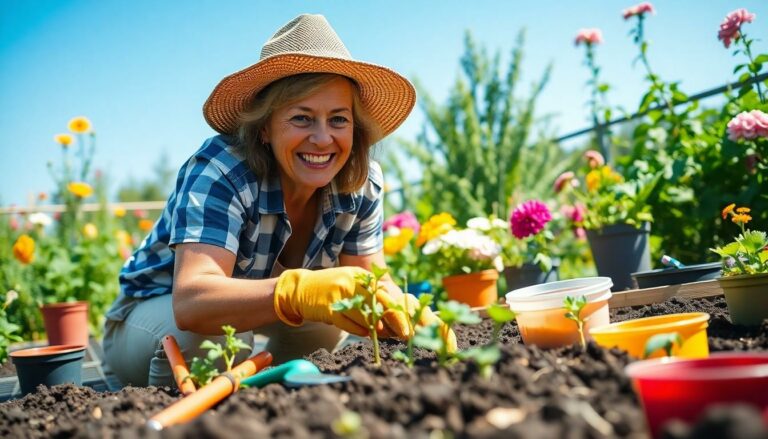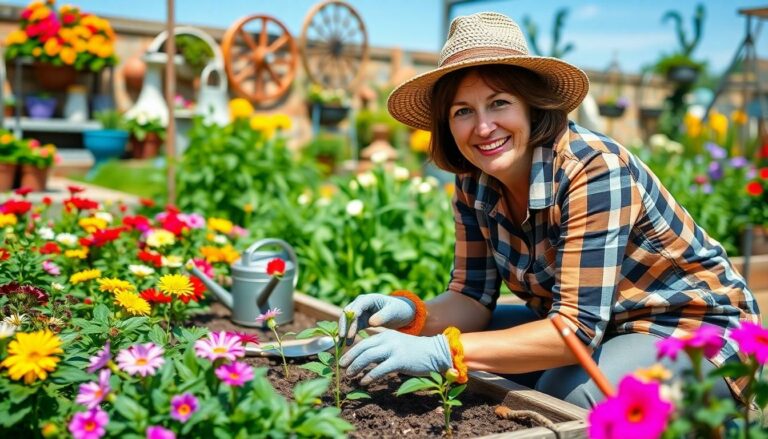Gardening can feel like a secret club where the only requirement for entry is a green thumb and a bit of patience. But what if there were shortcuts to help anyone blossom into a gardening guru? Whether you’re battling pesky weeds or trying to coax a reluctant plant into bloom, the right tips and tricks can transform a patch of dirt into a thriving oasis.
Gardening Tips and Tricks
Gardening requires the right strategies for success. Following these expert tips can lead to a healthy, vibrant garden.
Choosing the Right Plants
Selecting appropriate plants is crucial for a thriving garden. Researching native species increases the chances of growth in local climates. Factors such as sunlight, water needs, and seasonality influence plant choice. Varieties like tomatoes or marigolds excel in sunny areas. For shaded spots, ferns and hostas thrive. Additionally, consider the garden’s purpose, whether for aesthetics or edibles. Combining different heights and colors creates visual interest. Finally, ensuring companion planting can boost growth and repel pests.
Understanding Your Soil
Recognizing soil quality impacts plant vitality. Conducting a soil test reveals pH levels and nutrient content. Various soils, such as sandy or clay, have distinct advantages and challenges. Sandy soils drain well but may lack nutrients, while clay holds moisture but can compact easily. Adding organic matter, like compost, enhances soil structure and fertility. Regularly aerating the soil improves oxygen levels for roots. Mulching conserves moisture and suppresses weeds. Ensuring proper drainage prevents root rot. Over time, knowledge of soil conditions leads to informed gardening choices.
Tools and Equipment
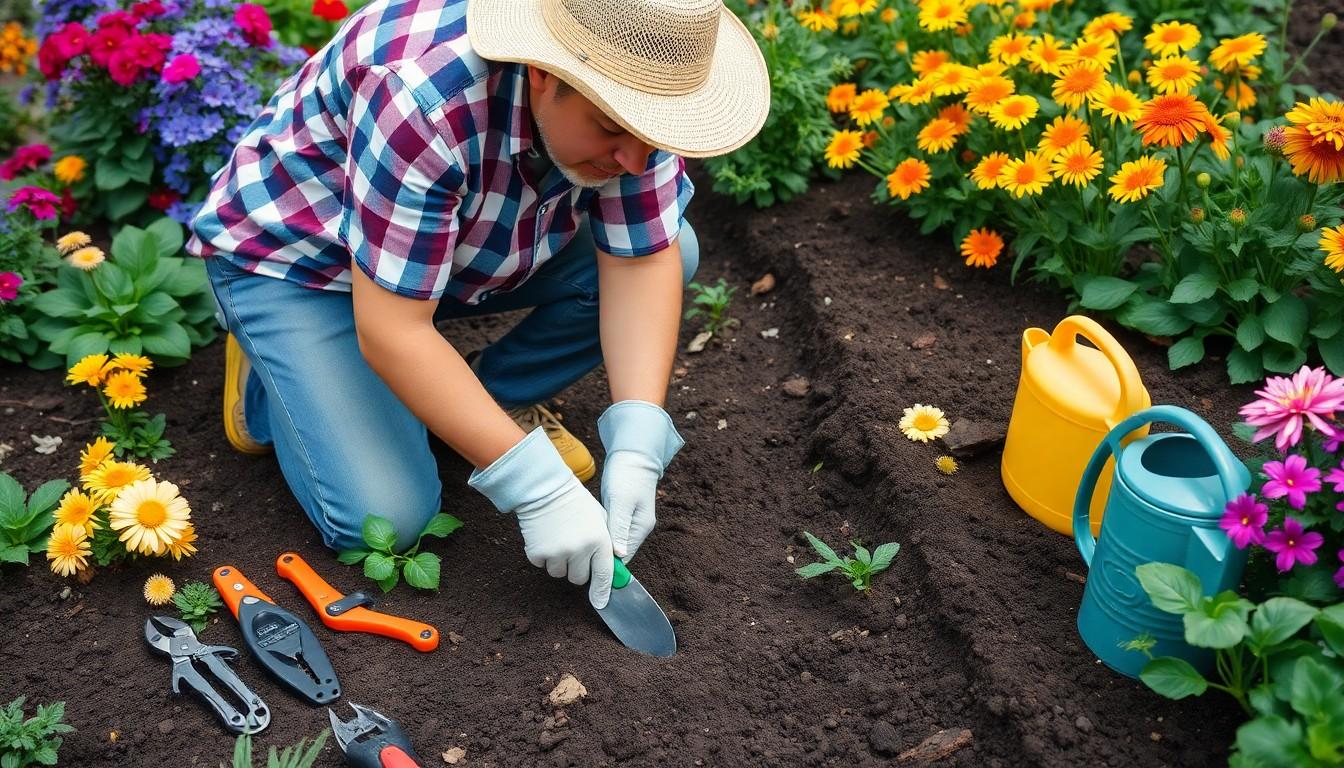
Gardening success relies heavily on the right tools and equipment. Investing in essential items makes gardening tasks more efficient and enjoyable.
Must-Have Gardening Tools
Essential tools include trowels, pruners, and gloves. A trowel is perfect for digging and planting. Pruners help in maintaining healthy plants by snipping away dead growth. Gloves protect hands from dirt and sharp objects. Consider a garden fork for loosening soil and mixing compost. A watering can or hose with an adjustable nozzle delivers targeted hydration. Additional tools like a rake and shovel aid in soil preparation. Each tool contributes uniquely to creating a flourishing garden.
Maintenance of Tools
Regular maintenance prolongs the life of gardening tools. Clean all equipment after each use to remove dirt and debris. Inspect tools for damage or rust periodically. Sharpen blades on pruners and shears to ensure clean cuts, which promotes plant health. Store tools in a dry location to prevent corrosion. Applying oil to metal surfaces protects against rust and enhances durability. Keeping tools organized improves efficiency, ensuring everything is easily accessible during gardening sessions.
Plant Care Techniques
Effective plant care enhances growth and vitality. Implementing key techniques ensures thriving plants in any garden.
Watering Effectively
Watering at the right time promotes strong root systems. Early mornings work best; evaporation rates are lower, allowing moisture absorption. Adjusting techniques is crucial based on plant type. While some prefer deep watering, others thrive with frequent light watering. Using soaker hoses or drip irrigation minimizes water waste. Checking soil moisture levels helps determine when to water. If the top inch of soil feels dry, it’s time to water. Aim to saturate the root zone without causing waterlogging, as excessive moisture can lead to root rot.
Pruning and Deadheading
Pruning encourages healthy growth and enhances aesthetic appeal. Regularly trimming dead or diseased branches prevents the spread of pests. When pruning, aim for clean cuts at a 45-degree angle. Timing also matters; dormant seasons are ideal for most plants. Deadheading spent blooms redirects energy to new growth, improving overall plant vigor. Checking for spent flowers helps identify the right moment to deadhead. When done routinely, this promotes prolonged blooming seasons. Different plant species may require specific techniques, so researching individual needs is beneficial.
Pest Control Strategies
Effective pest control is vital for a thriving garden. Gardeners can choose from various strategies that align with their sustainability goals and plant health.
Natural Pest Control Methods
Natural pest control methods utilize environmental and biological elements to manage pests. Beneficial insects such as ladybugs and lacewings eat aphids and other harmful pests. Neem oil serves as a potent organic insecticide, targeting various insects without harming beneficial species. Companion planting offers another approach; certain plants naturally repel pests. For example, marigolds deter nematodes and other insects from surrounding plants. Diatomaceous earth provides a physical barrier, preventing insect contact with plants. Attracting birds also helps, as these creatures consume harmful insects, reducing their populations.
Chemical Pest Control Options
Chemical pest control options present alternative methods for managing pests effectively. Synthetic insecticides contain active ingredients that target specific pests, often working quickly. Pyrethroids mimic natural insecticides derived from chrysanthemum flowers, providing rapid results. Systemic insecticides are absorbed by plants, protecting them internally against pests. Using targeted applications minimizes risks to non-target organisms. While effective, these chemicals require careful application and adherence to safety guidelines. Always read product labels to ensure proper dosages and techniques.
Healthier Garden Ecosystem
Gardening is a rewarding pursuit that offers both beauty and sustenance. By applying the right tips and tricks anyone can cultivate a thriving garden. Understanding plant needs and soil quality is essential for success. With the right tools and regular maintenance, gardening becomes not just easier but also more enjoyable.
Incorporating effective plant care techniques and natural pest control methods will lead to a healthier garden ecosystem. Embracing these strategies allows gardeners to overcome challenges and enjoy the fruits of their labor. Whether it’s for aesthetics or growing food, a well-tended garden can provide endless satisfaction and joy.
